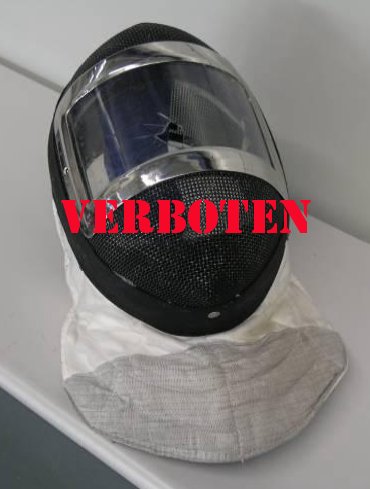 |
| This fencing mask failed in Odense and all Visor masks are now forbidden in FIE foil and epee competitions. |
UPDATE (11:40pm): The USFA has banned the use of the visor mask in foil and epee, effective immediately.
Following the receipt of lab results from the FIE Visor foil mask which was pierced at the 2009 European Junior Championships in Odense (November 2009), the FIE issued an urgent letter stating:
Therefore, the Executive Committee has decided to suspend and
forbid, until further notice, the use of the transparent visor mask
both in foil and epee, at all FIE official competitions.
It was found that the failed mask did not adhere to all of the manufacturing recommendations of the FIE. Full text of the letter can be found on the FIE site.
According to the testing report released by the FIE (link), the Uhlmann mask that failed for several reasons. One disturbing line in the report noted that the visor material was labeled as LEXAN but, according to testing, was not true LEXAN material.
A remarkable outcome of this evaluation was that material used is
not Sabic Innovative Plastic polycarbonate with brandname
LEXAN. The visor was manufactured by means of an injection
moulding process stead drapeforming. Material used was an
uncoated polycarbonate.
In response to the report, Leon Paul release the following statement:
This weekend following the receipt of a technical report regarding the failure of a Uhlmann transparent mask at the 2009 Junior European Championships the F.I.E. have temporarily suspended their use at its competitions for foil and epee. Leon Paul have reviewed all the technical evidence and the reports from the independent technical advisor who tested the mask that failed and two other independent experts. All of this confirms our continued belief that a mask that is made according to the FIE rules that incorporates in its design all of the features that are suggested in the FIE rules is perfectly safe provided it is used according to the manufacturer’s instructions.
It is essential that the mask is:
Made with a visor made from Lexan not a generic polycarbonate.
Made with a drape formed rather than injection molded visor.
Made in such a way that the visor when inserted is not stressed or bent out of its natural shape and or the fixing mechanism cannot be over tightened. .
Made in such a way that there are no sharp edges in contact with the main visor.
Made with a coated visor to help protect it.
Immediately following the original incident, German equipment manufacturer FWF noted that it refuses to manufacture a visor mask due to their concerns over the safety of the product.
It is uncertain whether the use of the “Visor” masks will be allowed at the 2010 Junior Olympics, to be held this weekend (Feb 12th – 15th) in Memphis, TN.


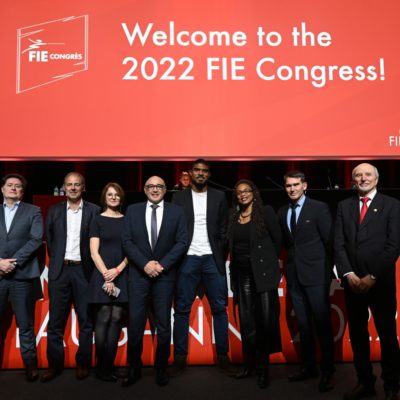
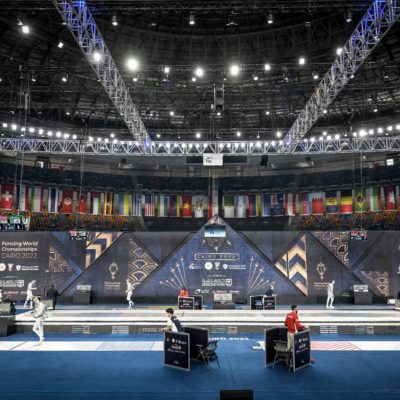
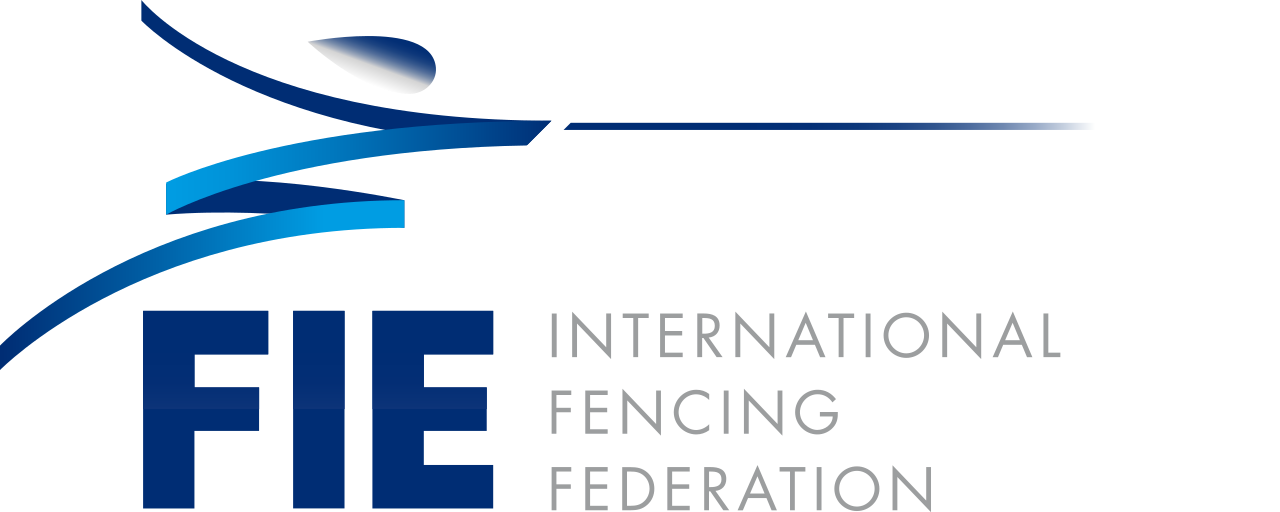
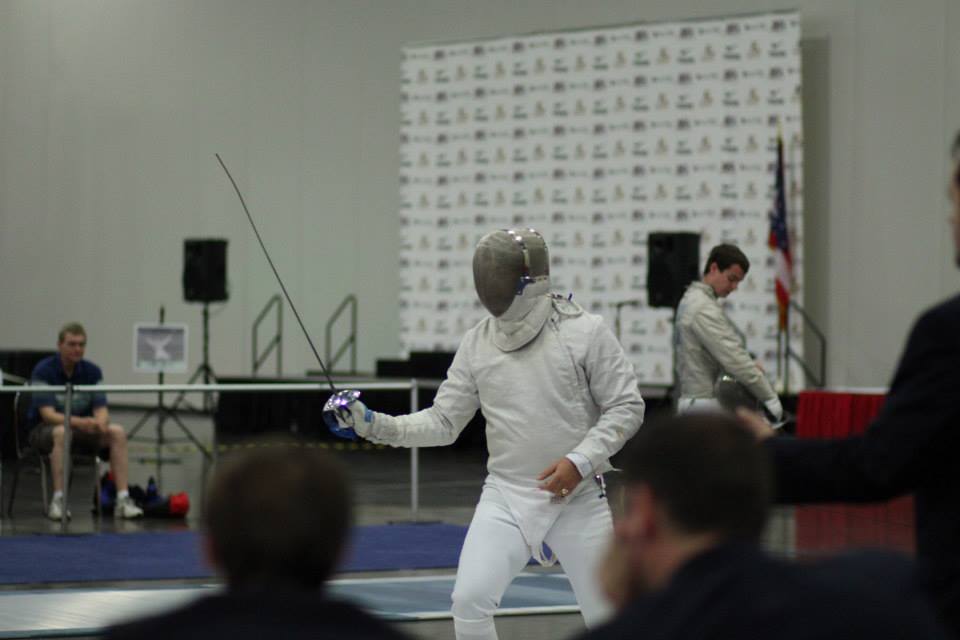
2 Comments
Comments are closed.